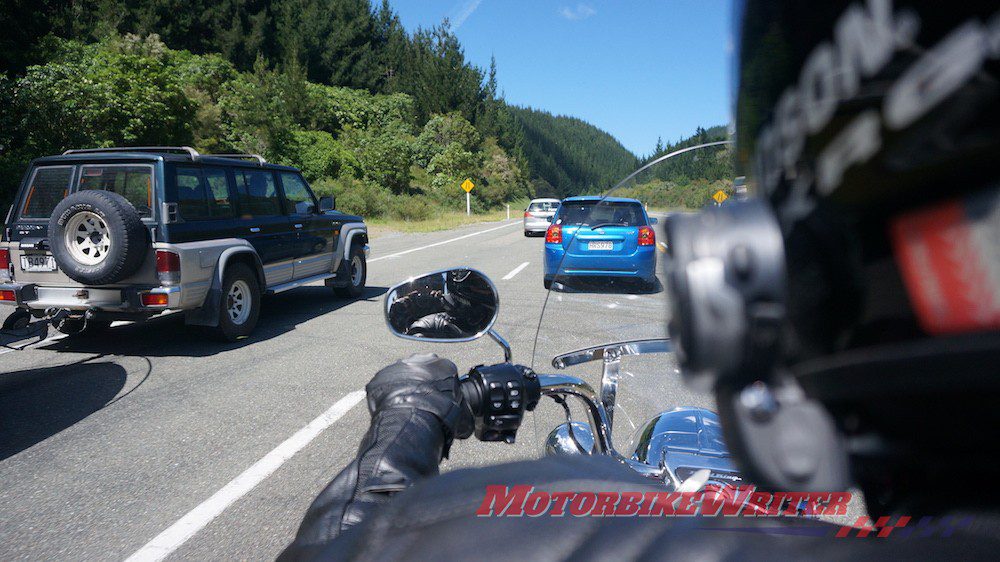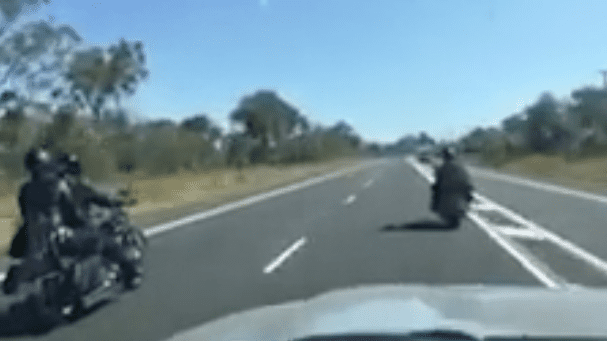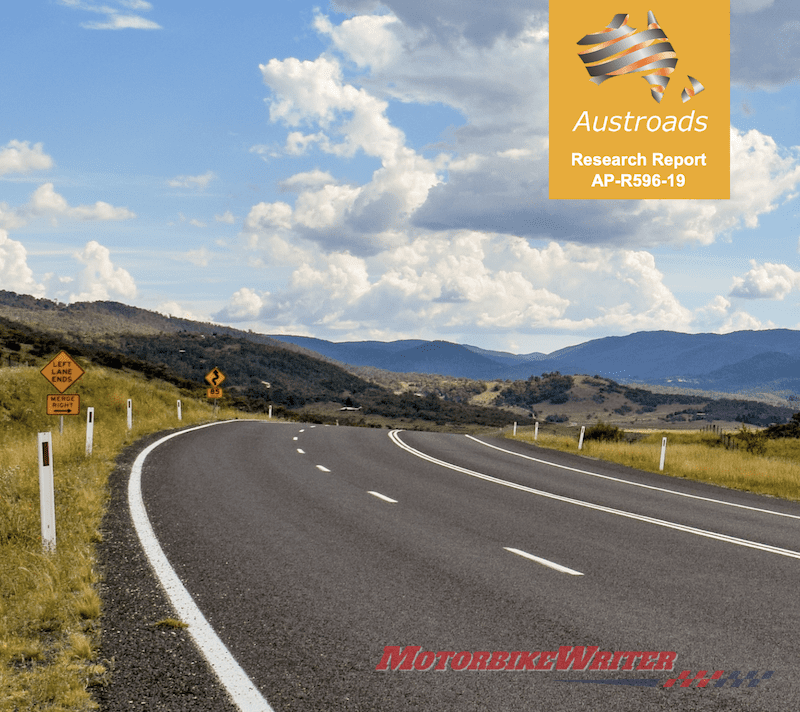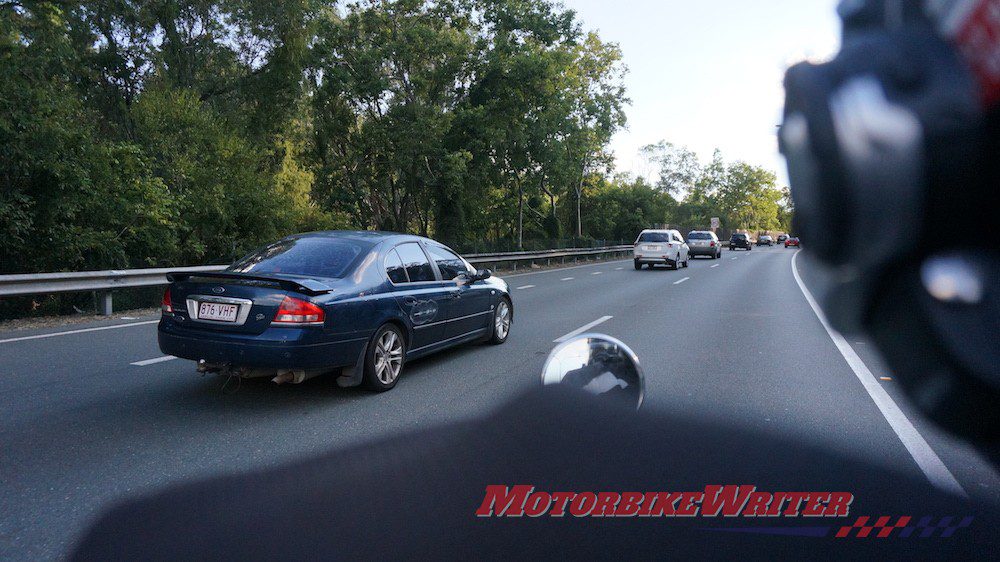Passing lanes make motorists safer with many speeding up to 125km/h to safely pass, yet police continue to set up speed traps in these safe sections of road.
Austroads has published a report that found passing lanes have many safety benefits, including perceived safety by motorists, safer operational conditions, and historical crash reductions.
That’s despite the fact that their research shows 85% of motorists break the speed limit to pass vehicles.
So why the speed traps in these lanes? Probably because police know they can “nab” a good quota of speeders.
Such a disingenuous practice penalises motorists who are actually being safe.
It’s not that motorists are speeding through these sections so they can continue to speed and represent a danger on the road.
In fact, the research shows the zones before and after overtaking lanes are made safer by the presence of these lanes.
Crash rates around passing lanes:
- 18.9% reduction in injury crashes in the passing lane;
- 10.% reduction 5km after the lane; and
- 17.6% reduction up to 2km before;
The last figure may be due to the presence of signage advising a passing lane is ahead.
In Australia, these signs are placed 3km before the overtaking lane, while in New Zealand they are 2km ahead.
Passing lane woes
We would also like to see trucks and vehicles towing trailers and caravans prevented from overtaking in these lanes unless there are no following vehicles.
Problems arise when trucks take the entire length of a passing lane to overtake another truck.
That can leave a trail of frustrated and annoyed motorists unable to pass the first truck which could lead to dangerous overtaking manoeuvres.
It’s not just trucks that cause problems, but motorists who try to pass but stay within the speed limit.



That’s because they are concerned police will have a speed trap in the lane.
If there were a requirement for vehicles in the “slow lane” to reduce their speed by 10km/h or an allowance for overtaking motorists to momentarily speed — as is already happening by 85% of users — more vehicles could pass.
That would lead to reduced risk-taking and road rage.
There have also been incidents of motorists purposely using the passing lane to block other motorists, including these two riders in 2017 on the Bruce Highway, Queensland.



There are fines for this sort of behaviour. In Queensland, motorists can cop a $76 fine and two demerit points for driving in the right lane without overtaking in areas with 90km/h or higher speed limits, including passing lanes.
Click here for more tips on the correct procedure for motorcycles to overtake.




